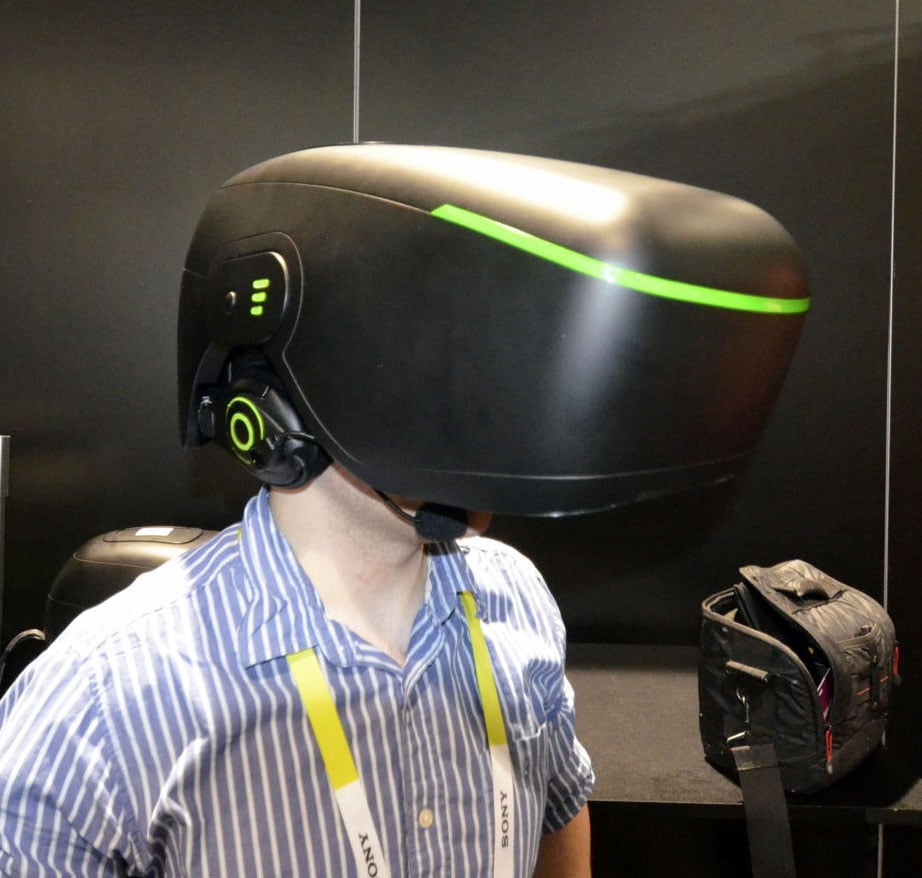

This is based on a misunderstanding of how prices are set. The price is set based on what the market can bear. Costs pretty much only determine if the thing is worth making, given that.
It’s the same reason rent doesn’t go down when property taxes do. I mention this not to tear you down, but because it’s a common argument for bad policy.













The last time I went to a doctor, they read a list of questions from a form, entered my answers into their system, and then said they’d get back to me in a couple weeks to tell me if my insurance company would allow a follow-up. That appointment should have been a web page.
Most doctor’s appointments I’ve had recently have followed the same pattern. A good doctor is invaluable. A burnt-out noob doctor following strict procedure is like a worse GPT that your have to meet in a building full of every conceivable virus, and that costs $500 instead of $0.05. A motivated layman with GPT4 and a prescription pad would have beaten 3 out of 4 doctors I’ve seen since covid.
This is just my experience in the US mind you. Maybe I’ve had bad luck with humans, but I haven’t been impressed since all of the experienced ones retired.